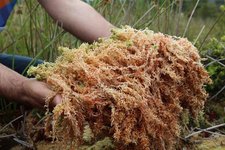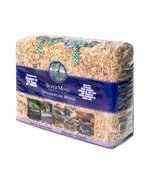I apologize in advance for derailing this thread somewhat, yet I think it’s relevant.
@Srt8madness I will answer your premise, please don’t take this personally.
I’m going to assume you’ve read through the references attached in my post. Also I’m going to assume that we both agree bonsai hobbyists all try to be as circumspect of the environment as possible when pursuing this hobby.
The way I read the premise of your question is: (and I’m sorry if I got this wrong)
“ Is it ok to foster the demand for a product that in its manufacture has caused vast immediate environmental degradation… because it merely an ‘excess product’ of the “major” product being produced?”
That’s an interesting question.
Yet coir is an actual product… a product of the coconut plantation industry all on its very own. It always has been a product on its own.
In one example: Back in the day, ships wouldn’t float without oakum to stuff the seams between the planks and wouldn’t sail without lines, or ‘ropes’, to rig and propel the ships with.
Similarly sawdust is a both an excess product from sawing wood and a product of the timber industry.
Both coir and sawdust use chemicals and energy in processing, energy in transportation. Both are considered when capitalizing new plantations or leasing forest land.
The key difference in this simplistic example is the forest industry has been under increasing regulation to be mindful of their responsibility to respect the environment.
On the other hand, the coconut plantations have steadfastedly avoided regulation by various methods, at least some of which could be termed as nefarious.
Would I avoid buying it myself? Sure and I also avoid buying other “coco’ products.
Perhaps I have a different perspective then many folks?
I hope that answers your question.
cheers
DSD sends




